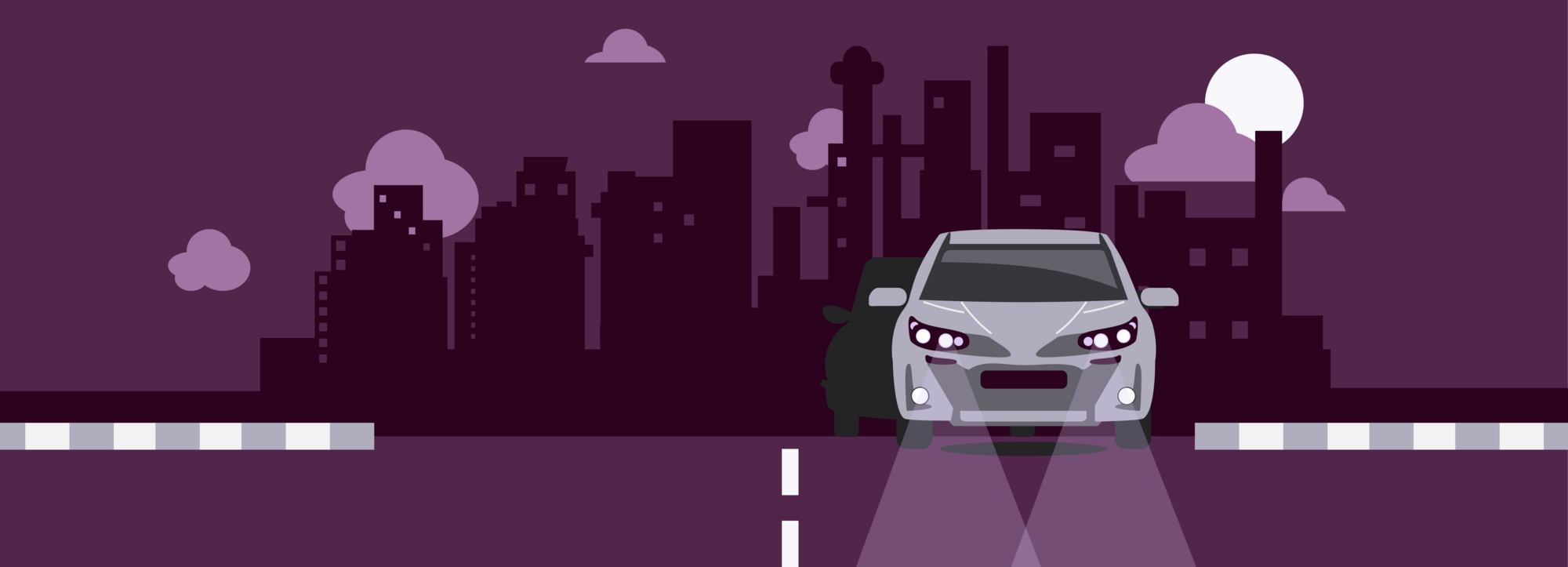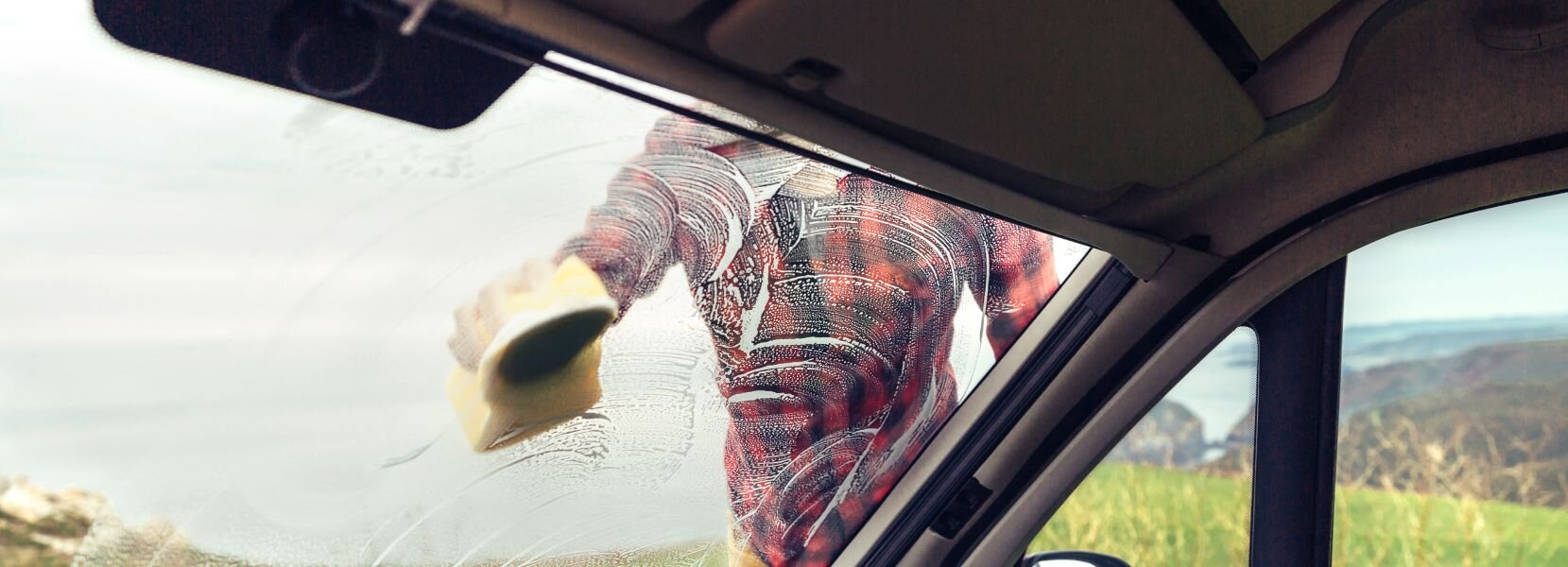When do the clocks go back? And are they going backwards or forwards? The easiest way we can remember is they spring forwards in March and fall backwards in October. This means you’ll be winding your clock - if you’re still living the analogue life - back an hour at 2am on Sunday 26 October, 2025.
Your digital clocks should update automatically but it’s always worth double-checking when you wake up after missing an hour’s sleep on that Sunday.
With daylight saving changes come darker evenings, worse weather and ever more treacherous road conditions. According to statistics in recent years from both The RAC and The AA, the number of accidents tends to rise following the change.
In 2023, calls to The AA’s Accident Assist team rose by 11% in the two weeks after the clocks went back, compared to the fortnight before.

These longer and darker nights can affect driver confidence. Recent Tempcover research* found 45% of drivers admitting to the darker evenings affecting their driving confidence.
Worries about driving in the dark, flagged by those who took part in the poll, include:
But how can you stay safe while driving in the dark? We’ll provide some top tips for safe night driving…
The College of Optometrists and The RAC recommend taking the following actions:

It’s also important to reduce your own headlight glare. Align and adjust your lights accordingly (newer cars may automatically do this) and keep them clean. If you have any issues, ask a qualified mechanic to look over them.
You should drive at a slower and safer speed, extending your stopping distance and use your fog lights if needed. Keep your windshield clear. If conditions are too hazardous to continue to drive, pull over or stop in a safe location and wait for visibility to improve.
It is illegal to drive at night without working front and rear lights. If you’re stopped by police you could receive a £100 fine, three penalty points and potentially a ‘vehicle defect rectification notice’ that gives you 14 days to fix the problem. Head to a garage that offers a bulb fitting service to rectify this.
You should only use your high beams when you’re driving on unlit roads with no other traffic around. If you see a car approaching, you should switch to low beams immediately to avoid dazzling the other driver.

Before driving your car, you should run a basic maintenance check using the FORCES technique.
You could drive at a slower speed and leave extra braking distance between you and the car ahead. It’s also possible you’ll feel more tired in the evening. If you’re heading off on a longer journey, plan more comfort breaks and stop driving if you are feeling fatigued (if you have a passenger, you could ask them to take over after taking out temporary car insurance).
As day turns into night, your eyes will be constantly adapting to different light levels and the contrast of vehicle headlights and streetlights. One way to manage this is to clean your windshield (inside and out) to avoid light scattering and try to not look directly at oncoming headlights.
Some modern cars also have ‘night’ settings on their mirrors that can help dim the glare of vehicles behind you.
To ensure your vision is acceptable for driving, you could take an eye test. This will determine whether you need glasses for driving at night. If you do need glasses, you must wear them. According to the UK’s driving eyesight rules:
Your optician will be able to help you choose a suitable pair of night driving glasses.
With slippery surfaces, low-lying sun and adverse weather affecting your drive, you need to take extra special care while driving in darker periods. Keep an eye out for other drivers’ behaviour and expect the unexpected. You should also watch out for any wildlife, especially in rural areas, that could cause a hazard or obstruction.
North Wales Police are launching ‘Be Safe, Be Seen: Operation Dark Night’ ahead of the clocks changing in 2025. Although this is a local campaign, the advice can be adhered to by all road users - vehicle drivers, pedestrians, cyclists and motorcyclists alike.
It recommends collective responsibility with everyone using the road making it safer for themselves and others.
Sergeant Danielle Ashley from North Wales Police’s Roads Crime Unit said: “As the clocks go back and daylight hours shorten, visibility becomes a critical safety issue for everyone using our roads. Longer periods of darkness in the mornings and evenings, combined with unpredictable autumn and winter weather, significantly increase the risk of road traffic collisions.
“We’re urging drivers to take extra care, slow down in poor conditions, allow more time for journeys, and be mindful of vulnerable road users. It’s also vital to ensure your vehicle is winter-ready: check your tyres, lights, and windscreen wipers, and top up washer fluid to maintain clear visibility.
“Cyclists and motorcyclists must also play their part by wearing high-visibility, reflective clothing and ensuring their bikes are equipped with a working white front light and red rear light. While dark clothing may be popular, it’s dangerously ineffective in low-light conditions.
“Parents should ensure children walking to and from school are easily seen by drivers. Fluorescent and reflective gear can make all the difference. This is part of our ongoing commitment to reducing road casualties and preventing avoidable tragedies. We all share the responsibility for keeping our roads safe.
“In the coming weeks, our officers will be carrying out roadside checks to ensure vehicles are roadworthy for the winter months ahead. Please take a few minutes to inspect your vehicle - it could save a life. Stay safe and look out for one another.”
One last bit to help you see clearly on darker evenings? Check the following:
Turn your headlights on as soon as visibility drops, but only use full beam when you are on unlit roads with no other cars approaching. Turn them off as soon as you see another car in the distance as using them incorrectly can dazzle other drivers.
https://www.bbc.co.uk/weather/articles/cm2zdzwy12do
https://www.rac.co.uk/drive/advice/know-how/when-do-the-clocks-change/
https://www.safedrivingforlife.info/blog/cars/five-things-remember-when-clocks-go-back/